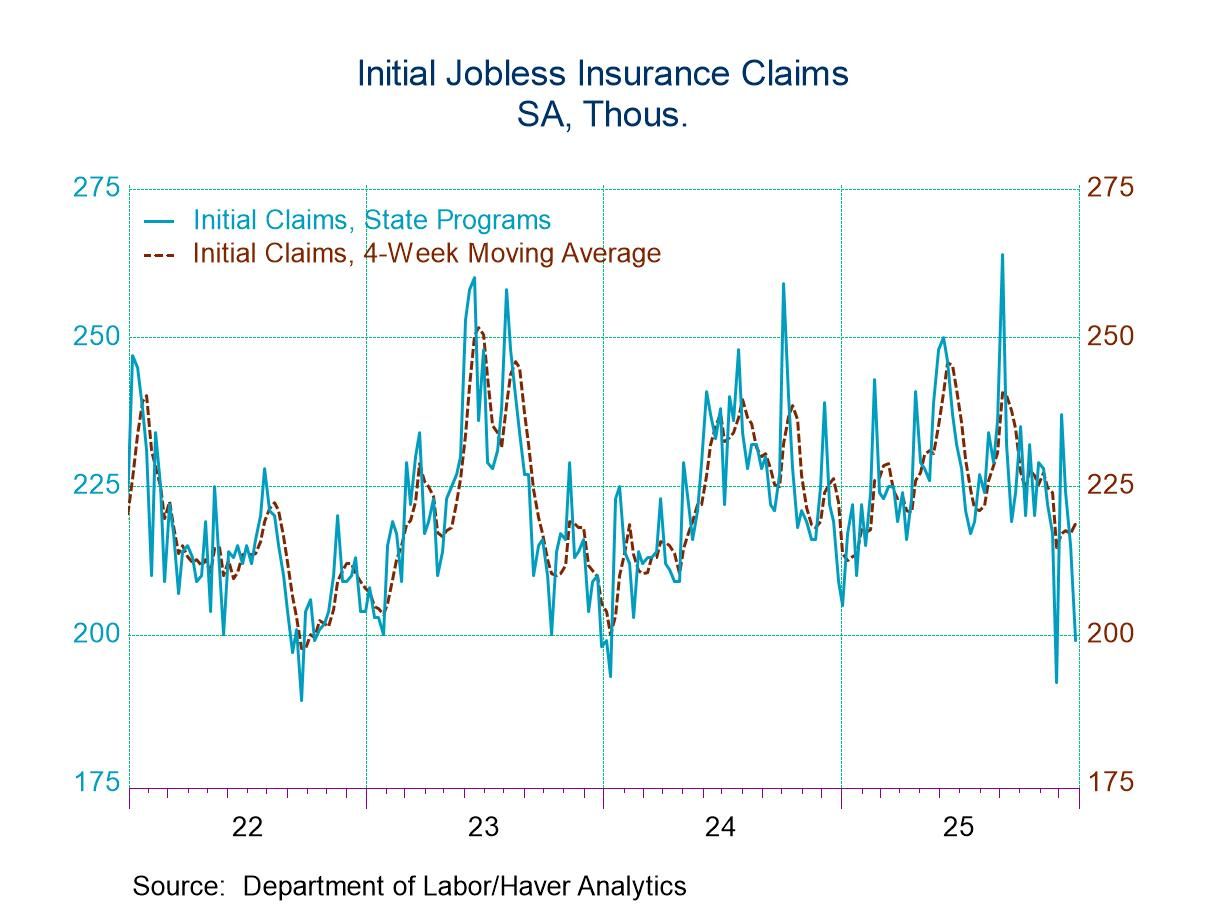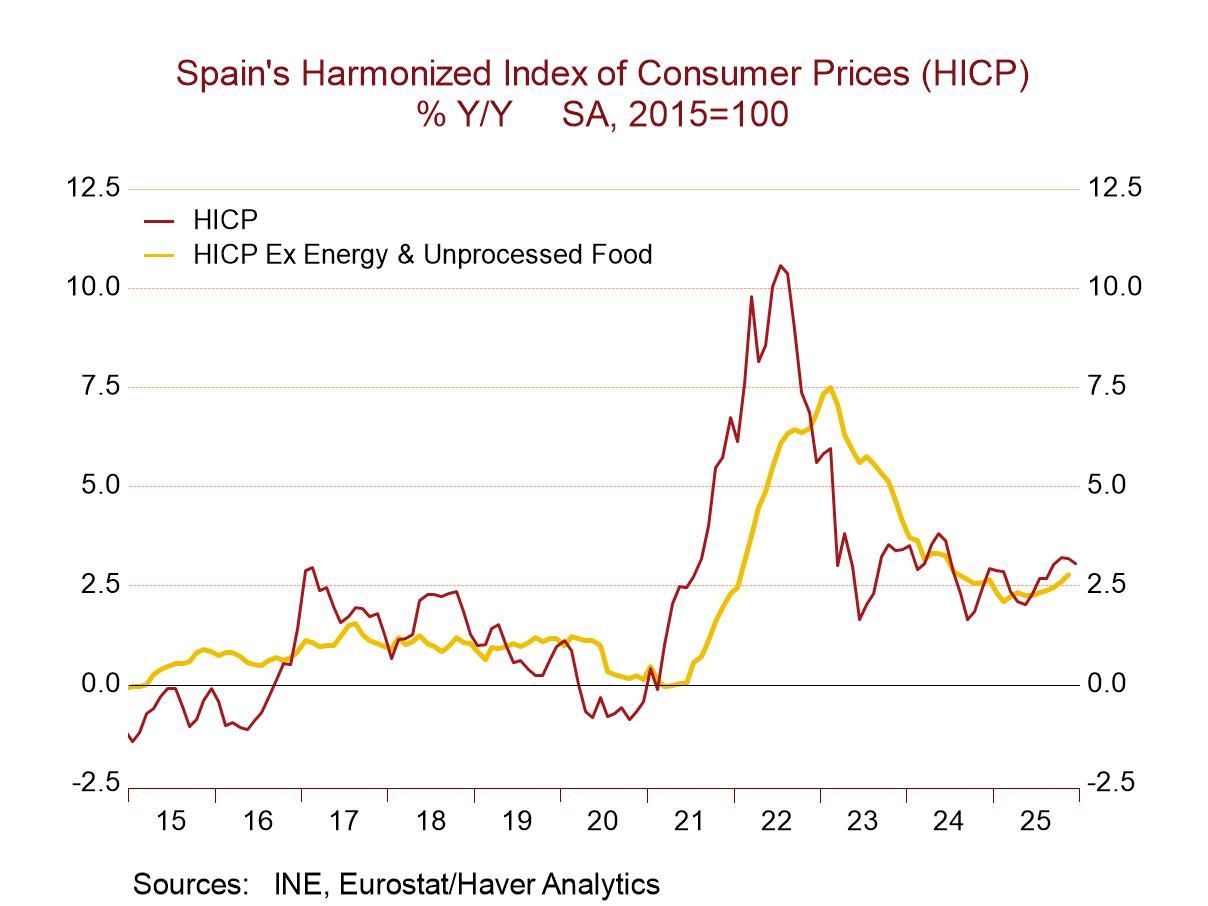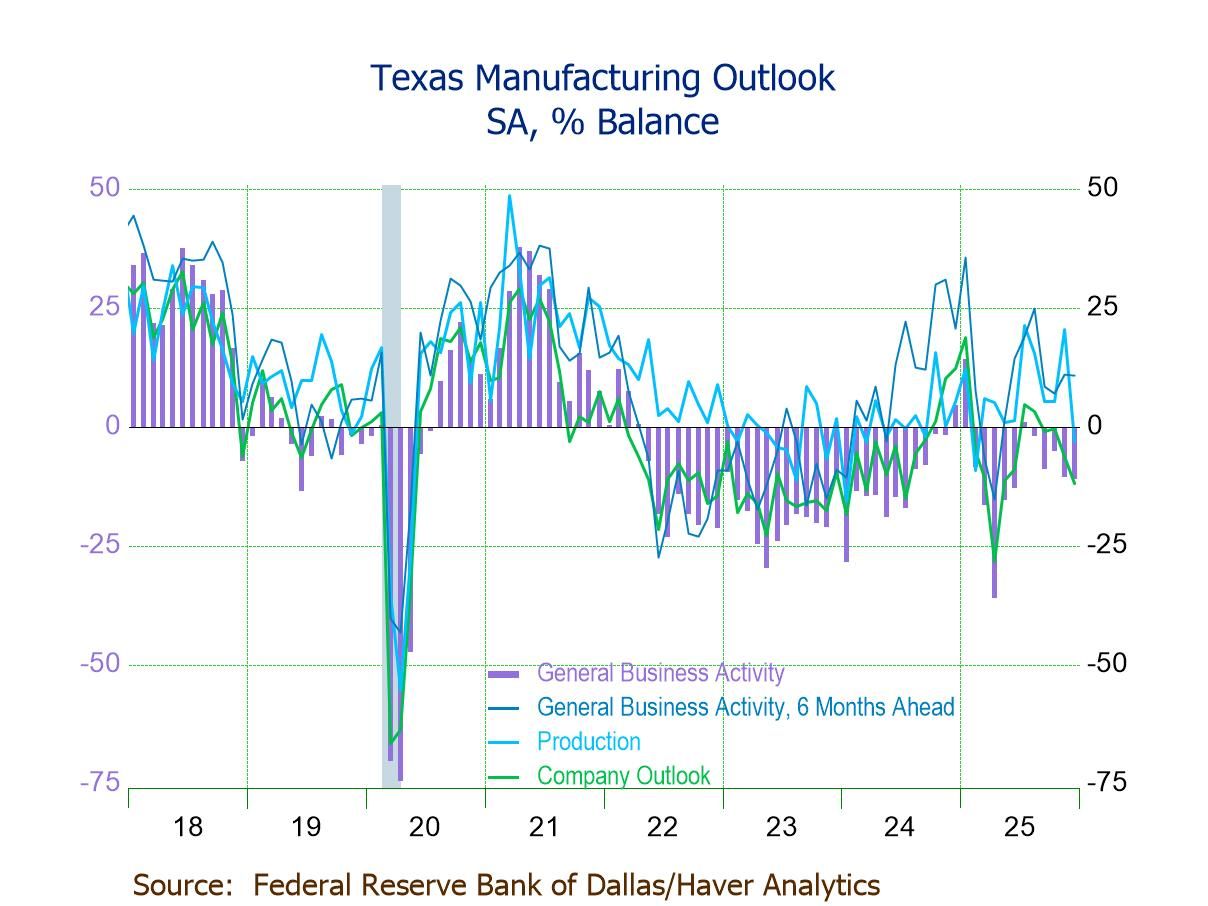Canadian Inflation Breaks Lower Ahead of U.S.

The U.S. CPI outdistances Canada's CPI. And the U.S. CPI core expansion is much faster than the Canadian core. Canada's CPIx has been decelerating in the past few months and runs at a 3.6% annual rate in November.
However, even with favorable comparisons, the Bank of Canada that seeks to keep its inflation in a range of 1% to 3% is experiencing an overshoot. Still, the overshot is much milder than what the U.S. is experiencing – especially with regard to some of the special gauges Canada uses to vet inflation.
Canada looks at a variety of inflation measures to get a sense of what inflation is doing. The CPI Trim has been running just above the 3% band. The CPI median has stayed just within the CPI band while the CPI Common has been below the band's midpoint, below a 2% pace- just moving up to the 2% mark this month.
The Bank of Canada has just announced a new 5-year inflation review. It will keep its approach that will continue to embrace policy of flexibility. The BOC will continue to shoot at a 2% midpoint of a 1-3 percentage point range. The mandate is still price stability, but the BOC will continue to aim at price stability and maximum sustainable employment. So, it is not quite a dual mandate.
About the various price metrics CPI trim filters out extreme measures in the 'tail of the distribution' so that unusual spiking prices or plunging prices do not shed an undue influence on the inflation gauge. A number of these measures are also present for inflation in the U.S. I am not fond of them because there is no guarantee that they filter out pressures equally. If inflation is accelerating, there will be more excessive and high price increases; to remove them is to change reality, not to get a better picture of the economy. Advocates of trimmed inflation measures often refer to distortions caused by natural disasters which are one more like a flare that would emerge then recede. But what if inflation produces a one-month flare followed by another and even more pressure? Should all such pressures be removed, or damped?
The median inflation rate is calculated off weighted data in the CPI. Medians have the advantage of including all data and not being distorted by outliers on either end (either too high or too low. I like median measures better than trimmed measures.
Canada also employs something called the CPI Common which at the moment is giving the most benign inflation results. This is achieved using a statistical process that identifies common price changes across categories.
Canada certainly has the most varied and taxonomic approach to inflation of any G7 central bank. The problem with having in such a stable of inflation measures is that there will be several inconsistent stories told about inflation each month.
The CPIx is an older measure no longer leaned upon by the central bank that excludes eight of the most volatile CPI components. It may not be in the policy focus of the central bank as much, but it is still closely watched.
Other countries have less formal inflation diversity The ECB targets its HICP. The U.S. targets the PCE deflator and leans on the core when energy prices flare. There are fewer ways to be misled with so few gauges and perhaps nothing is lost by having only and indicator or two if they are good ones.
For Canada, we can see a number of possibilities. But it seems unlikely that the central bank in this environment would think inflation really was remaining below target. In fact, two of the oldest gauges, the headline and the core probably provide about as much mix as you need with the headline still flaring under the strain of energy prices and the core having stopped rising and settled back off peak.
Canadian inflation this month is driven by the cost of gasoline which is a common global theme. November is the eighth straight month that inflation has been above the top of the BOC's preferred range.
Robert Brusca
AuthorMore in Author Profile »Robert A. Brusca is Chief Economist of Fact and Opinion Economics, a consulting firm he founded in Manhattan. He has been an economist on Wall Street for over 25 years. He has visited central banking and large institutional clients in over 30 countries in his career as an economist. Mr. Brusca was a Divisional Research Chief at the Federal Reserve Bank of NY (Chief of the International Financial markets Division), a Fed Watcher at Irving Trust and Chief Economist at Nikko Securities International. He is widely quoted and appears in various media. Mr. Brusca holds an MA and Ph.D. in economics from Michigan State University and a BA in Economics from the University of Michigan. His research pursues his strong interests in non aligned policy economics as well as international economics. FAO Economics’ research targets investors to assist them in making better investment decisions in stocks, bonds and in a variety of international assets. The company does not manage money and has no conflicts in giving economic advice.






